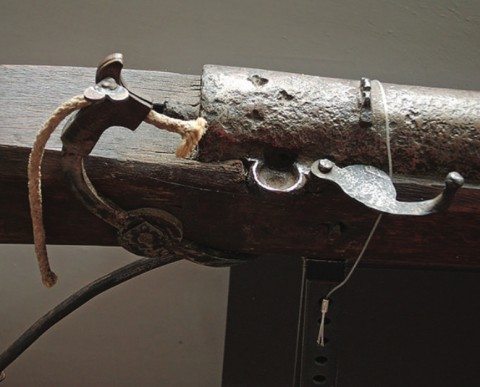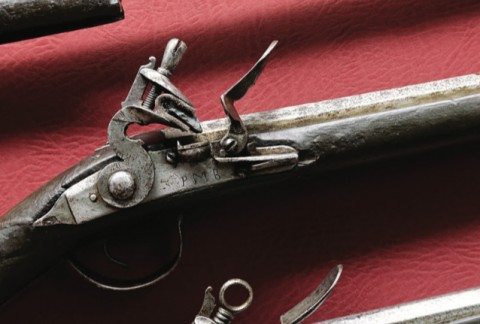The Iconic Lever-Action
America’s Unique Contribution To International Firearms Design
When the Chinese invented gunpowder in the 9th Century, it was a big deal. Much flash, big bangs, and a super-cool new way of celebrating the New Year. Those were good enough for the next three hundred years or so, but eventually somebody got to wondering what else the stuff could be used for, and by the 12th Century the first crude “guns” were emerging, in the form of hollow tubes of various sizes closed at one end, open at the other for cramming in a basic mix of sulfur, charcoal, and saltpeter behind stones, iron balls, scrap metal, and/or anything else the experimenter felt like throwing out the muzzle, and using a touchhole to introduce a spark, flame, or fuse.
Just as likely to explode and destroy the user as the target, the science of gunpowder and projectiles slowly progressed till it was a regular fixture for field artillery and naval applications by the 1600s, and in that time frame more sophisticated methods of igniting gunpowder, combined with the growth of industrial capability and more portable and dependable personal-carry long guns and pistols, all began to accelerate.
Skilled craftsmen produced smaller tubes a man could actually shoulder or carry on a belt, and the ignition process ran through a technological evolution from matchlock to wheellock to snaplock to flintlock to caplock to self-contained metallic cartridges, all in relatively quick succession (as the turtle travels, anyway). Barrels incorporated rifling, sights were developed and refined, gunpowder itself was improved and diversified for specific uses, and the world of personal combat on the battlefield and success in the hunting camp was transformed forever.

German matchlock musket with serpentine lock. The Museum’s Schloss Glatt
Along the way, as with anything that works well enough to become a centuries-old institution, there were milestone standouts. The European matchlock of the 15th Century was arguably the great-great-grandpappy of today’s modern rifle, with the first practical (mostly) on-board ignition system. It allowed the gunner to keep both hands on his weapon, both eyes on his target, his muzzle from wobbling all over while touching a loose “match” (actually a smoldering piece of rope) to the flash hole, and (once lit) that match was attached to the simple lockwork and didn’t have to be carried separately or dropped and lost during the heat of battle.







